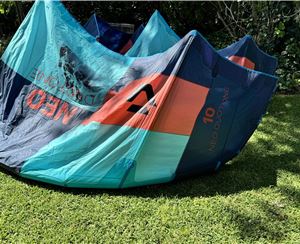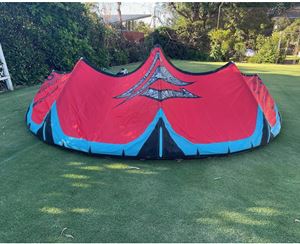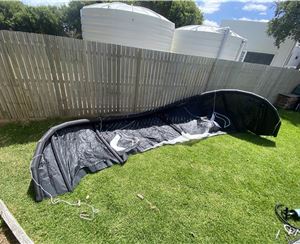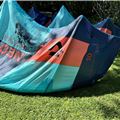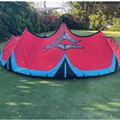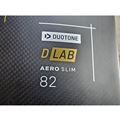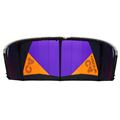A Beginners Guide to Hydrofoils and Foil Shapes in the AC.

If you, like many around the world are struggling to understand how 35ft Catamarans are flying around in Bermuda, then struggle no more! The team from Land Rover BAR, the UK contender for the Americas Cup has put together an exceptional guide to explain how the L foils on the modern AC35's work, and the principles work for any type of hydrofoil - kite, sup, surf or sail!
"While an aircraft needs an engine to push the air over the wing fast enough to generate enough force to lift the aircraft up off the ground, the wingsail on the Cup boat generates force from the wind blowing past it. The harder the wind blows, the more force it makes to push the boat forward. When the boat is going fast enough, the hydrofoils will then be able to create enough force to lift the boat out of the water. This reduces resistance to the forward motion and the boat goes faster still."
The article dives deep into L Foils, V foils and S foils, even touching on a little history and the 'ladder foils' used back in 1919 by Alexander Graham Bell. Yes, boats were foiling back then! Modern AC catamarans use a blend of all three foil types to provide the easiest to sail and most efficient option in Bermuda, but it's best explained with pictures. Check out the full article to learn more about how Hydrofoils work, and why they're not as technical as you might think!


